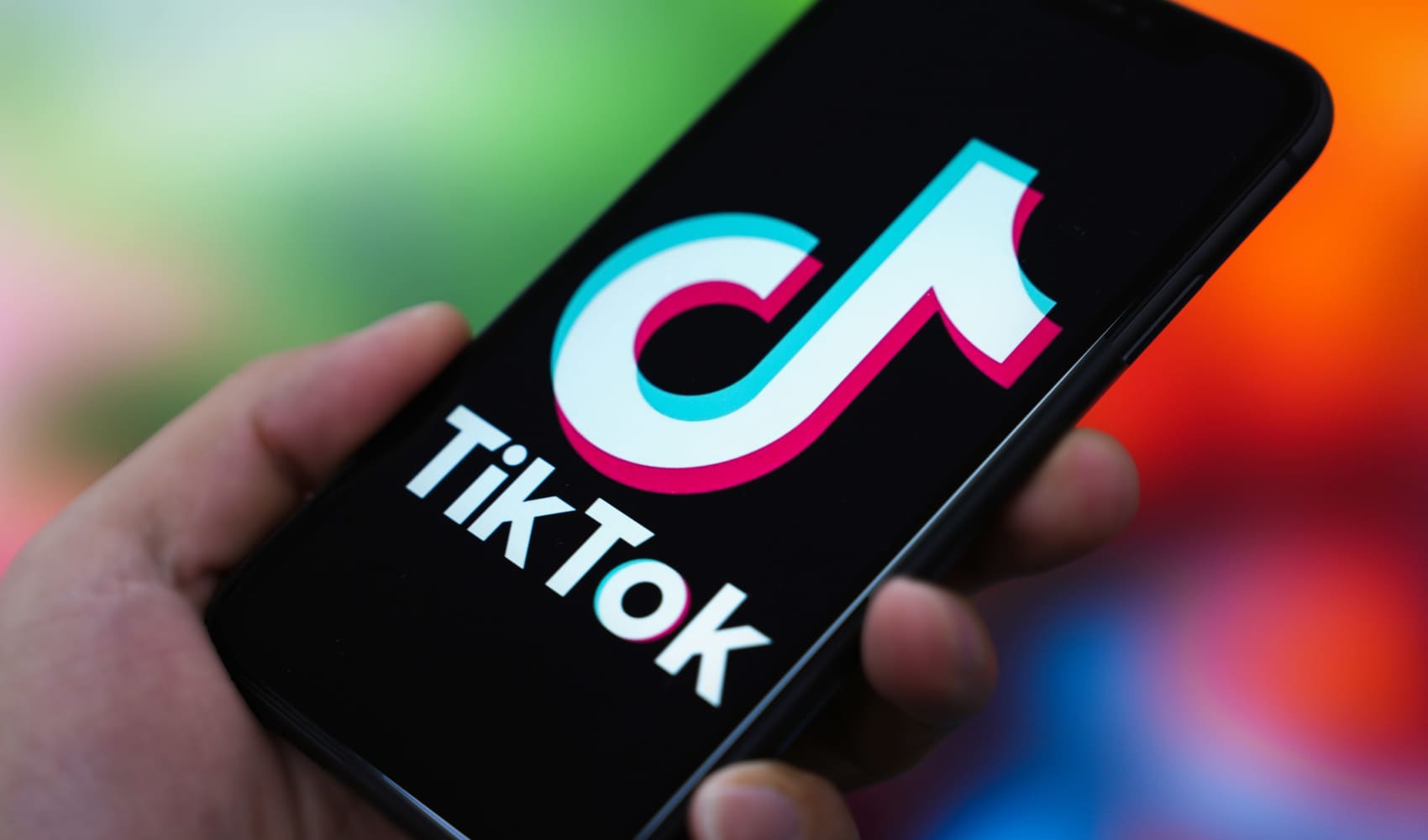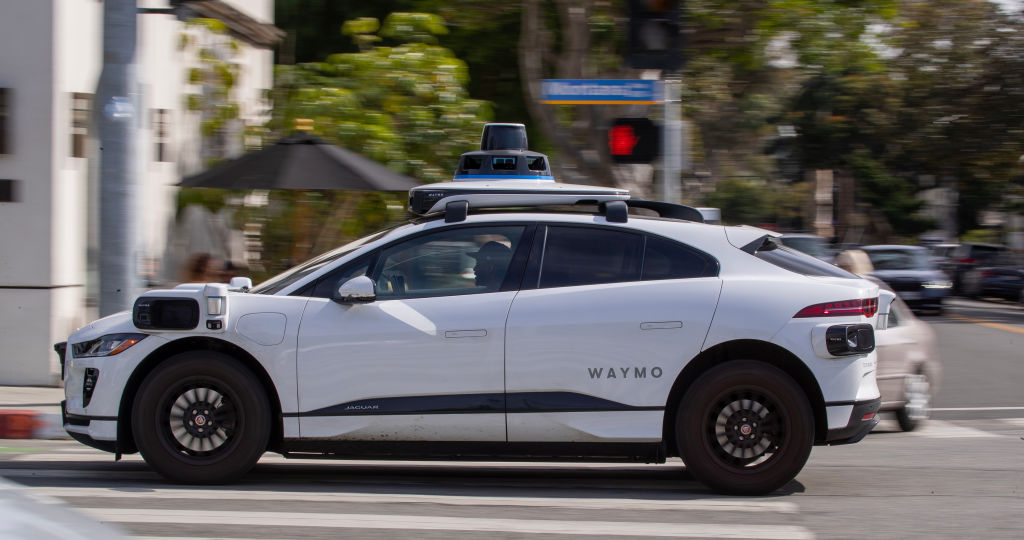Traditional platter-based hard drives and solid state flash drives might dominate the storage landscape today, but in the future, you'll be storing more data than you could possibly sift through within your very own DNA.
George Church and Sri Kosuri, two Harvard Wyss Institute scientists, have successfully demonstrated a process by which it's possible to store 700TB of data in one gram of DNA.
At the moment, the stashing and unstashing process for DNA data isn't exactly simple. Once you've translated your binary data into the right sequence of DNA base pairs (A and C for zeros, T and G for ones), you have to turn all of those sequences into DNA itself. Doing so involves standard laboratory techniques, but it takes a while: several days to convert 675 KB of text, pictures, and Javascript into 55,000 DNA strands. Reading it out again with a gene sequencer (another now-standard laboratory technique) takes even longer, and neither the read process nor the write process are particularly cheap, which is why you'd only really want to use DNA storage for archival purposes.
Genetic data storage may easily become practical within a few decades, however, as speed increases and costs plummet. For example, in 2001 in cost $10,000 for a custom sequence of a million base pairs of DNA. Now, it costs about $0.10. This, for the record, vastly outpaces Moore's Law, and things are only getting faster.
In addition to the obvious size advantages that would allow you to store a virtually unlimited amount of documents, photos, videos, music, etc., stashing data in DNA is great because it's stable at room temperature, meaning it doesn't require complicated cooling solutions to keep the data safe, which in turn improves its longevity.
What that means is your secret collection of smutty videos will still be accessible hundreds of thousands of years after you're dead: "You can drop it wherever you want, in the desert or your backyard, and it will be there 400,000 years later," Church told Harvard's R. Alan Leo.
As for the disadvantages, Church says that reading and writing data in DNA is "slower than in other media, however, which makes it better suited for archival storage of massive amounts of data, rather than for quick retrieval or data processing."
Tech
While the breakthrough is an utter success, like all advancements, it could be a while before the technology trickles down to consumer applications.



